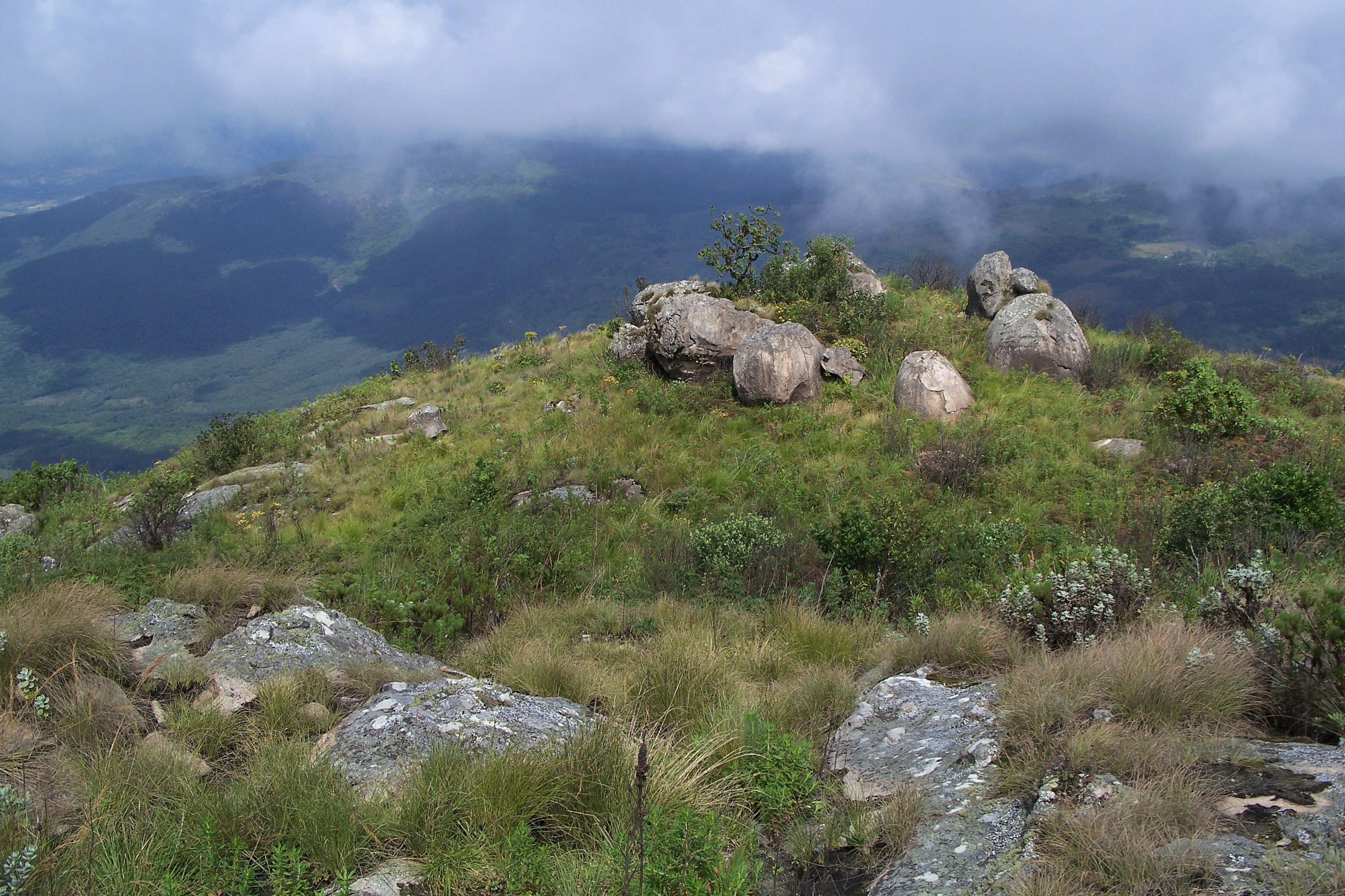01 July 2020
|
Story Thabo Kessah
|
Photo Supplied
 Breathtaking views of the misty Bvumba mountains.
Breathtaking views of the misty Bvumba mountains.
While the
Afromontane Research Unit (ARU) will always have a core focus on the sustainable development of the Maloti-Drakensberg (Lesotho-South Africa), the Southern African region is also very important to the unit. The primary reason for this is that Southern African mountains – the most important water-production landscapes in our drought-prone region – have no collective voice for their sustainable management. As such, there is no regional science-policy-action pipeline to secure these mountains for interventions to ensure that they can still produce key ecosystem services under global change. This is in contrast to East Africa where there is a much better-established community of practice for the charismatic African giants such as Mount Kilimanjaro.
ARU-Southern African collaboration
To this end, the Director of the ARU, Dr Ralph Clark, revealed that the ARU has close links with academics, practitioners, and lay experts in Zimbabwe for the careful documenting of mountain biodiversity in the
Manica Highlands. This is a trans-national mountain system critical for water supply to both Zimbabwe and Mozambique. The
Bvumba (‘mist’ in Shona) Mountains are situated in the centre of the Manica Highlands. The name Bvumba is derived from the regular mist covering these mountains.
“The Bvumba has a complex socio-political history extending far back, before the arrival of the Portuguese in the 1400s. Despite this history of human occupation, and despite a century of botanical exploration in the 20th century, a comprehensive list of plant species – including endemic species – has never been published for the Bvumba. Such basic lists are essential for foundational knowledge that can drive sustainable development and responsible management of natural resources,” Dr Clark said.
Bvumba’s hundreds of species
The Bvumba has a plant species complement of 1 127 native taxa in an area of only 276 square kilometres. “There is remarkable fern and orchid diversity in these mountains, with 137 fern species that is considered to be the richest fern locality in Southern Africa. There are also 125 orchid species that make it exceptionally rich for this group. The only local Bvumba endemic is a critically endangered epiphytic forest orchid. Six other near-endemic plant taxa occur in the Bvumba, all of which are endemic to the Manica Highlands from Nyanga to Chimanimani,” added Dr Clark.
Low levels of local endemism are likely to be an effect of the Bvumba having limited natural grassland compared to forest. “Second to fynbos, grassland is the most endemic-rich habitat in Southern African mountains. Montane forests are poor in local endemics by comparison, which is contrary to what many would suppose. As in mountains across Southern Africa, invasive species are a major risk to water security, biodiversity conservation and livelihoods. The Bvumba is no exception, with
Australian blackwood (Acacia melanoxylon),
ginger lily (Hedychium gardnerianum), and
bee bush (Vernonanthura polyanthes) being the most problematic species of the 123 naturalised introductions. While the Zimbabwean side of the Bvumba is the best explored, the Mozambican side of Serra Vumba offers exciting opportunities for further botanical research,” he emphasised.